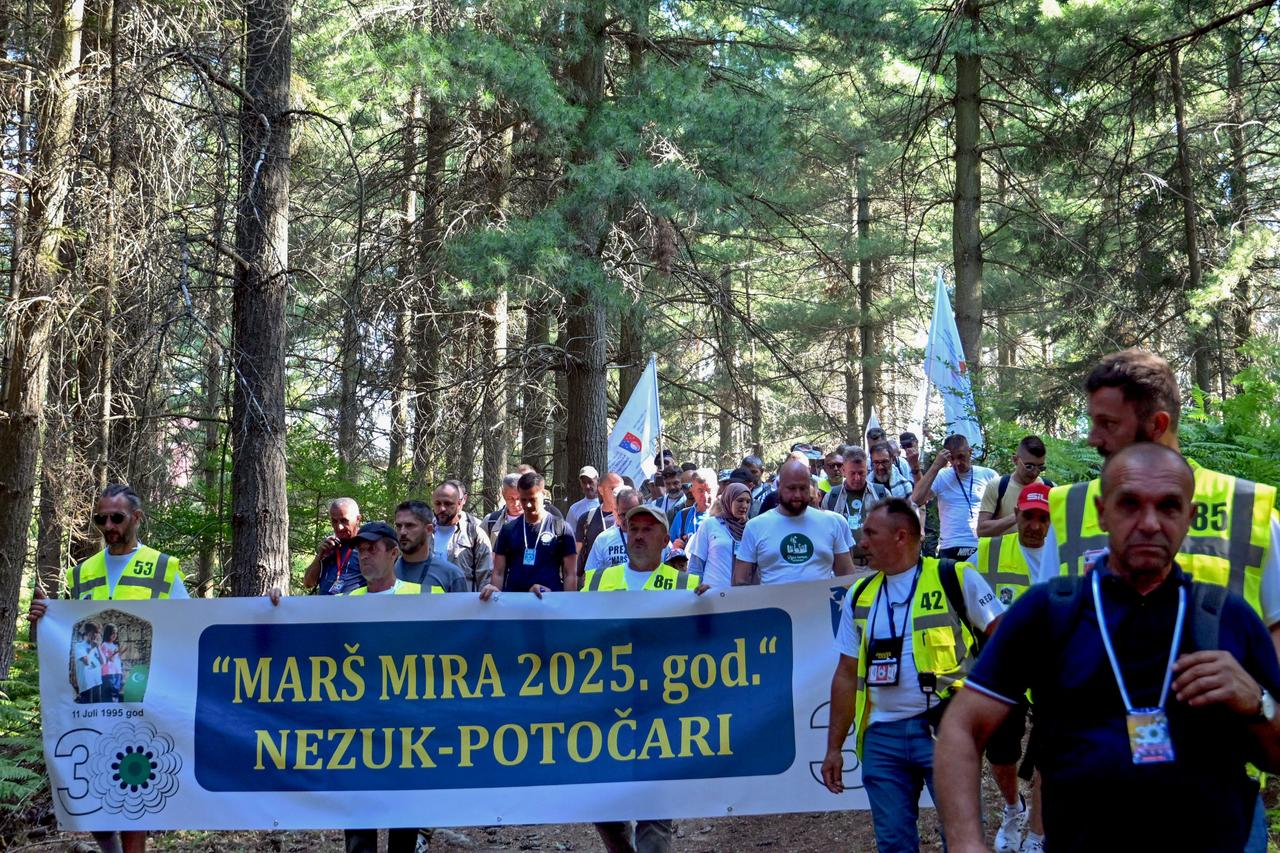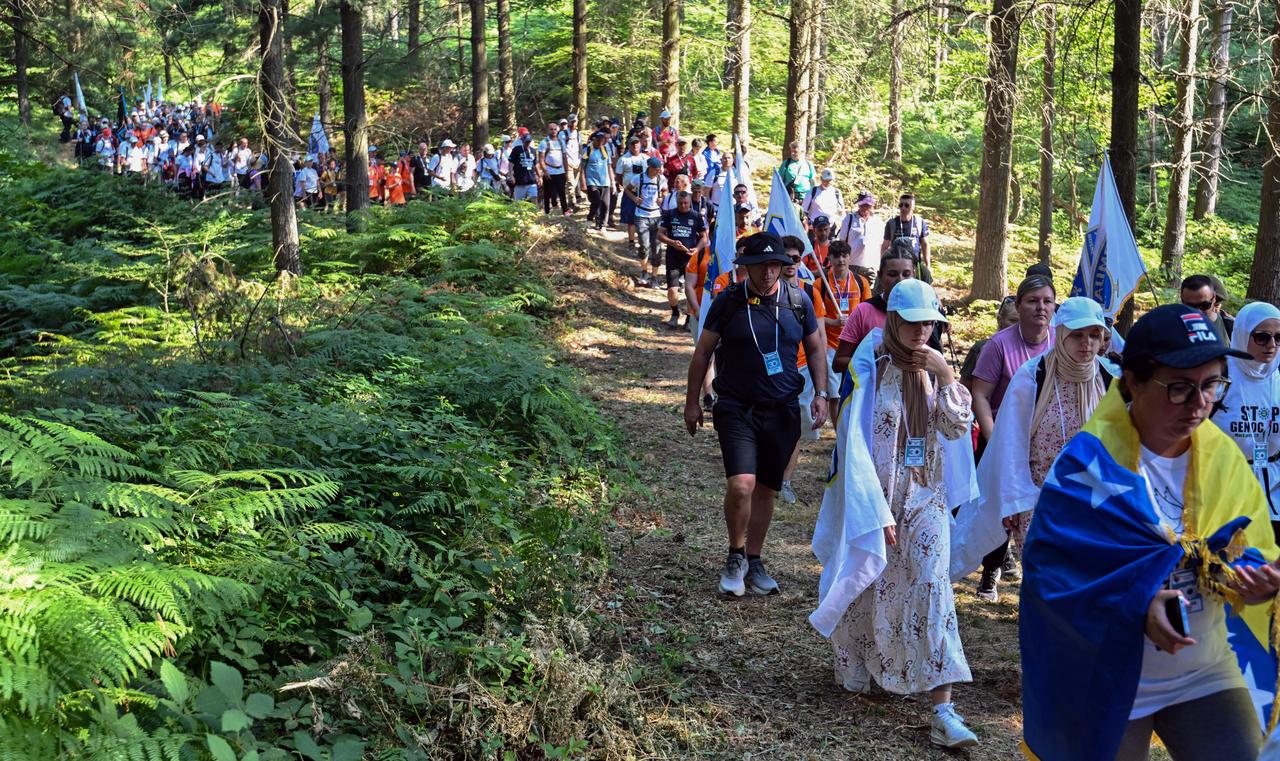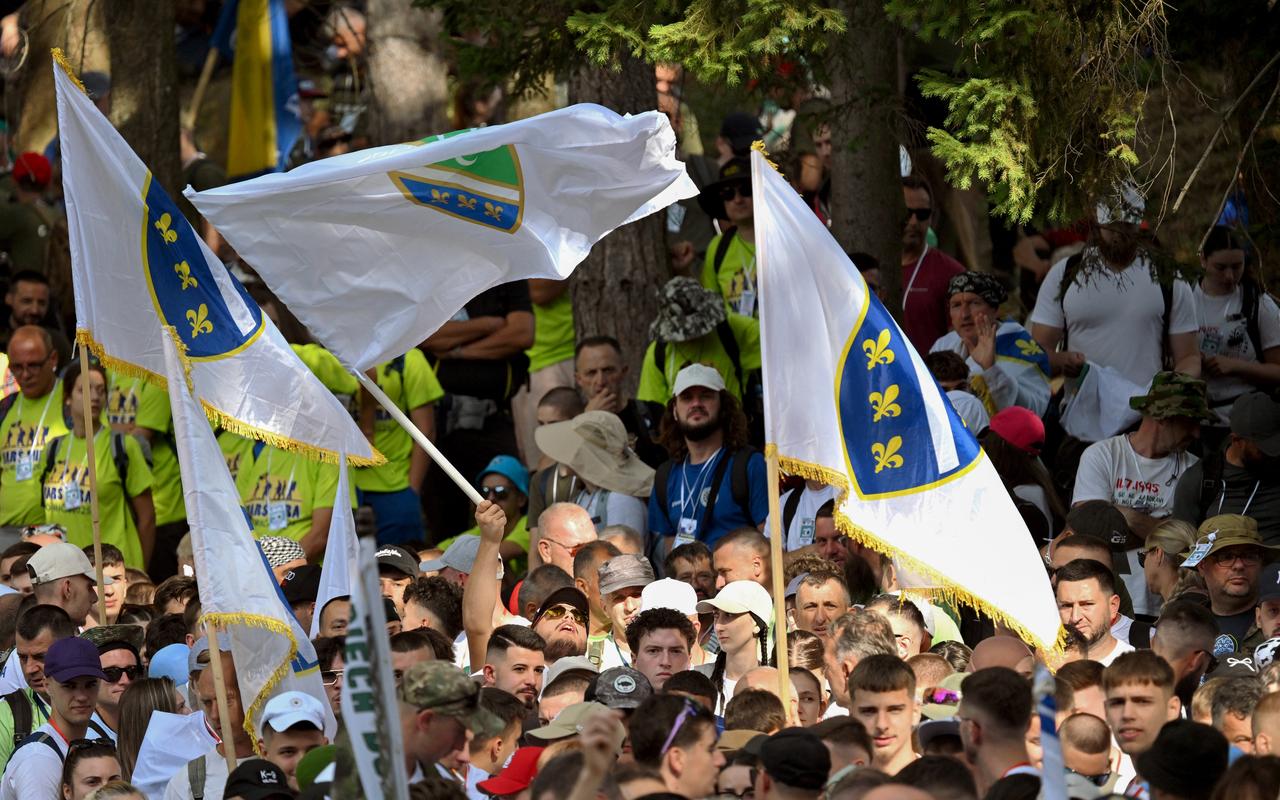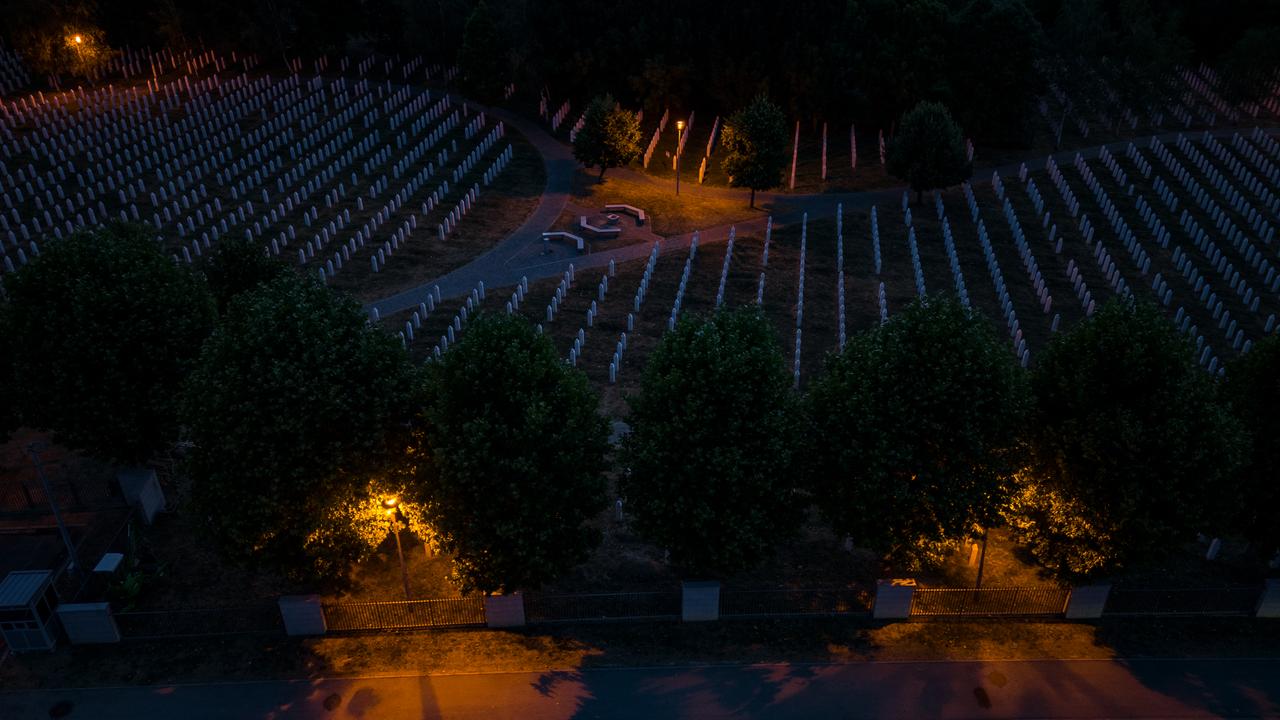
In honor of the victims of the 1995 Srebrenica genocide, people gathered in eastern Bosnia to begin a three-day Peace March on July 8.
The march follows the same difficult route once taken by thousands of Bosniak men and boys who tried to flee after Srebrenica, a U.N.-protected area, was captured by Bosnian Serb forces during the war.
Over 8,000 were killed in what became one of the darkest chapters of the conflict.
The 100-kilometer pilgrimage begins in Nezuk (near Sapna) and winds through challenging forests and mountains, symbolically reversing the path toward Tuzla and Kladanj.
The march concludes at the Srebrenica–Potocari Memorial Centre in Potocari on July 10, with a collective funeral and burial ceremony scheduled for July 11 for seven newly identified victims.
Many of those participating in the march are survivors, family members of victims, and young people determined to keep the memory alive.
Along the route, participants pass through areas where mass graves were discovered and hear stories from those who lived through the events of July 1995.

One of the marchers, Amir Kulaglic, who is a survivor of the original deadly march, told Agence France-Presse (AFP), “For me, the march lasted seven days and eight nights.”
"All of us who took part in this march had only one wish: to survive and to be reunited with members of our family," Kulaglic said.
Another participant, 37-year-old Elvisa Masic, said she joined the march to better understand the pain her father and other relatives went through.
“We were able to find and bury remains—just a bone or two—of most of our family members,” she said. “But we never found any trace of my father.”

The genocide took place in the final months of the Bosnian War (1992–1995), a conflict sparked by the breakup of Yugoslavia.
After years of siege and ethnic cleansing campaigns across Bosnia and Herzegovina, Srebrenica—one of a handful of towns declared a “safe area” by the United Nations—became a refuge for tens of thousands of displaced Bosniak civilians.

In July 1995, Bosnian Serb forces led by General Ratko Mladic overran Srebrenica, despite the presence of lightly armed U.N. peacekeepers.
What followed was a systematic campaign of mass executions, torture, and forced deportations.
Over 8,000 men and boys were separated from their families, executed, and buried in mass graves, many of which were later dug up and moved to conceal the crimes.
In the years that followed, survivors and families of the victims began working to recover the remains of their loved ones, often found in scattered mass graves, and to pursue justice through international courts.
Today, multiple officials—including Mladic—have been convicted for their roles in the genocide by the International Criminal Tribunal for the former Yugoslavia (ICTY).